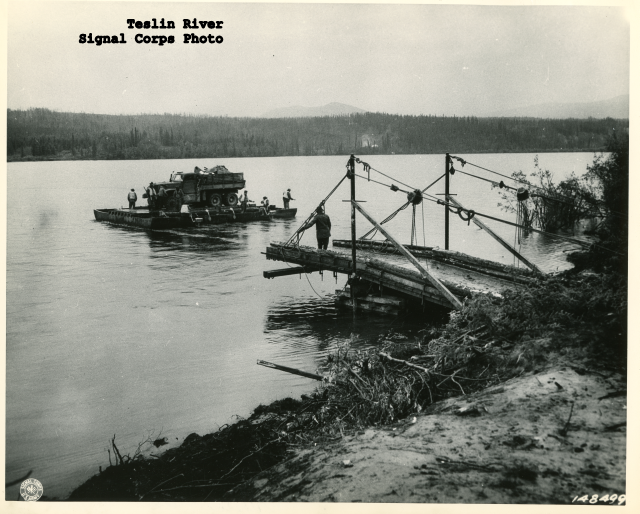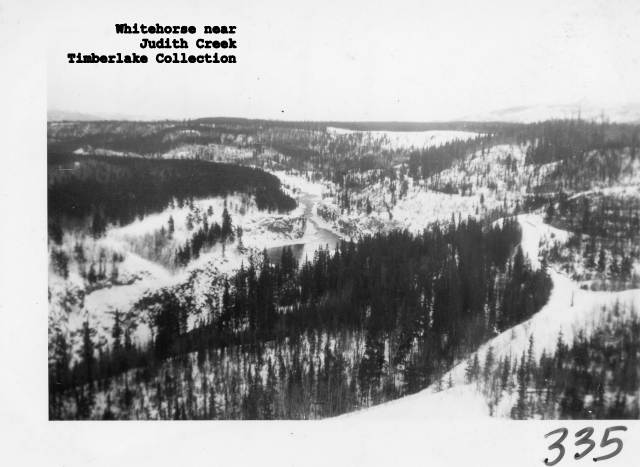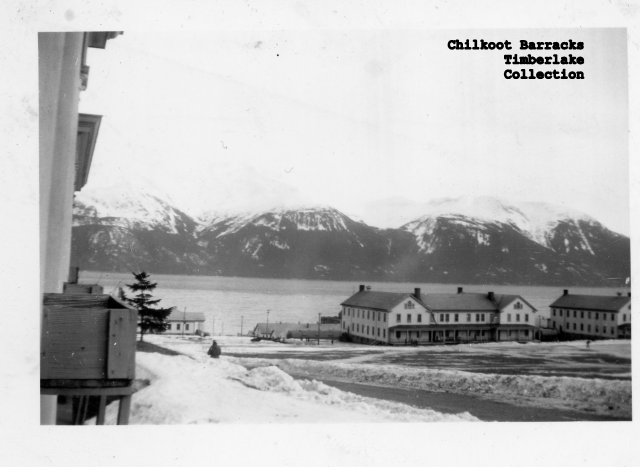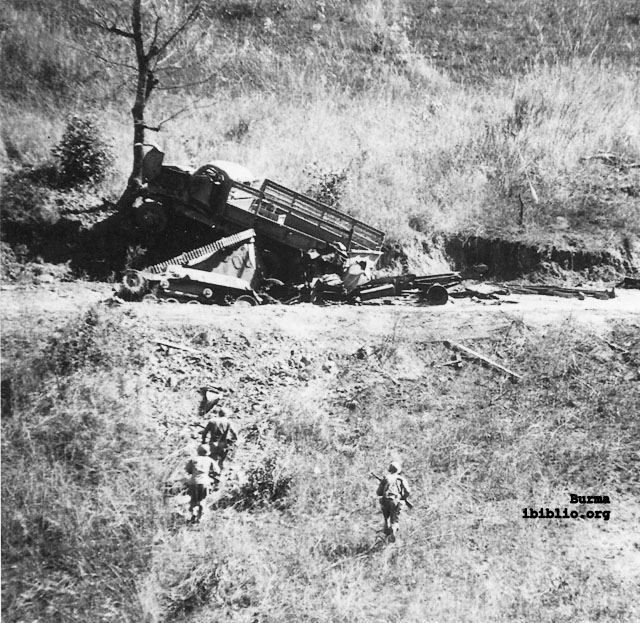
Clyde S. Deal came to te subarctic north to join the 93rd Engineering Regiment in Yukon in April 1942. Through the summer he helped build the supply road from Carcross to Johnson’s Crossing on the Teslin River, learned to deal with muskeg and airplane sized mosquitoes. Through the late summer and into the fall he worked behind the white 340th on the road to the Continental Divide.

By November the subarctic north had showed its true colors. Clyde found himself in a frigid camp at Judith Creek about fifty miles from Whitehorse headquarters. Working at maintaining the rough road they had just helped build they heard, one day, a loud air horn. Turning to look they spotted a Greyhound bus moving up the Highway!

Exercising the “mushroom” approach to management (keep ‘em in the dark and feed them sh*t) the Army hadn’t bothered to inform them that the road had opened!
The bus carried no civilians, only soldiers, one an officer who later joined the 93rd in the subarctic.
Clyde moved with the regiment to Chilkoot Barracks at Haynes, Alaska in December, and then he shipped out on a troopship through the storm swept Gulf of Alaska to a new subarctic home in the Aleutians.

At Unmak, the next island out from Dutch Harbor, Clyde’s company built barracks, offices, runways and generally maintained the defense facility while he advanced to Captain and to command of his company. The regiment supported the Army Air Corps and the Navy at Unmak until August 1944 when they took ship and navigated the Gulf again to Fort Lewis, Washington.
The Army being the Army and wartime being wartime, they took ship again almost immediately and headed across the Pacific to decided non subarctic Burma.

They sweltered in tropic heat and humidity until August 1945 when the Army Air Corps and the Atomic Bomb brought an abrupt end to the war with Japan. The Army shipped Clyde and his men to Calcutta and then across the Pacific again to home.
“I’d say the 93rd had the best of extremes… twenty-seven months in the Yukon, Alaska, and the Aleutians followed by seven or eight months in India and Burma.”